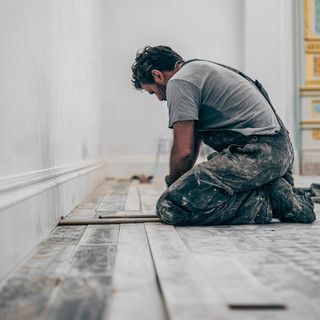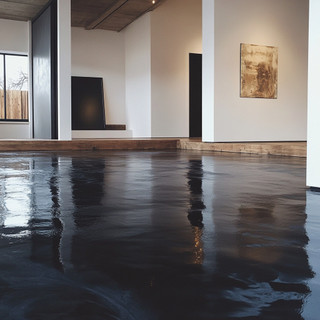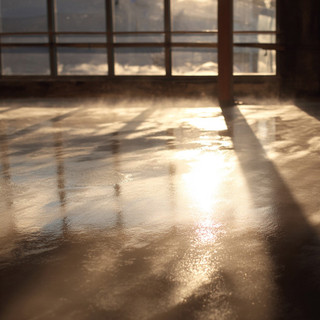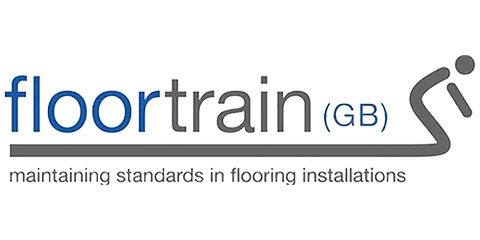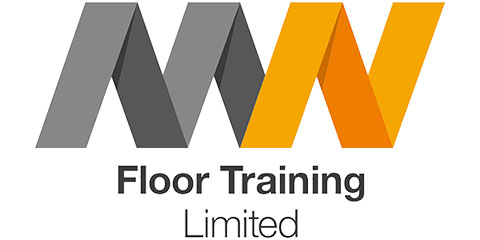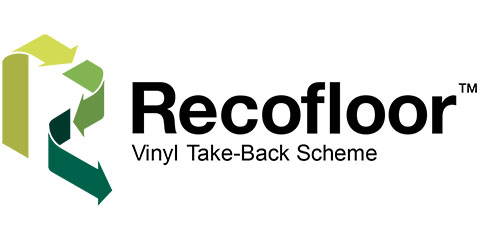What Is Barrier Matting?
Posted by Teri-Ann Fisher on 16th Jun 2025
When it comes to protecting floors and making a great first impression, barrier matting is one of the most effective and often overlooked solutions. You’ve likely walked across barrier mats countless times—at shop entrances, in office buildings, schools, hospitals, and other high-traffic environments—but may not have realised just how much work they’re doing behind the scenes.
What Is Barrier Matting?
Barrier matting, also known as entrance matting, is a specialised type of protective flooring installed at entry points to a building. Its main purpose is to stop dirt, moisture, and debris from being tracked inside. It acts as the first line of defence, helping to preserve the internal flooring and maintain a cleaner, safer indoor environment.
There are two main categories of barrier matting: primary and secondary. Primary barrier matting is typically fitted within a recessed mat well right at the entrance and is designed to cope with heavy footfall and outdoor contaminants. Secondary matting often follows just inside the door and provides extra absorption and cleaning power.
Why Is It Important?
Barrier matting might not seem like a priority at first glance, but its useful benefits quickly add up:
Protects interior flooring – By catching dirt and moisture at the door, barrier mats reduce wear and tear on internal floor finishes, prolonging their life.
Improves safety – Wet or dirty floors can pose slip hazards. Effective matting helps reduce this risk, particularly in public or commercial spaces.
Saves on cleaning costs – Less dirt entering the building means fewer cleaning cycles are required, leading to time and cost savings.
Enhances appearance – Clean, well-maintained interiors give a better impression to visitors and customers. Matting contributes by keeping the floors spotless for longer.
Supports compliance – In some settings, health and safety standards require proper measures to control dirt and moisture at entrances.
What Materials Are Used?
Barrier mats come in a variety of materials, ensuring the durability to suit different environments. Common materials include:
Nylon – Excellent for moisture absorption and quick drying.
Polypropylene – Durable, resistant to staining, and often used for scraping debris off shoes.
Aluminium or rubber bases – Found in heavy-duty entrance systems for stability and easy cleaning.
Some systems even combine different materials in zones to maximise cleaning efficiency: scraping in the first zone, moisture absorbing in the next, and finishing off with brushing or polishing action in the final step.
Where Should It Be Used?
Barrier matting is ideal for virtually any entrance area, including:
- Shops and retail centres
- Schools and universities
- Offices and commercial buildings
- Hotels and hospitality venues
- Healthcare and care facilities
For high-traffic areas, installing a system that extends a few metres into the building is generally recommended. The longer the matting run, the more effective it is at cleaning shoes before people reach internal floor areas.
Final Thoughts
Barrier matting may not be the most glamorous part of a flooring system, but it’s an absolute workhorse. From protecting interiors to improving safety and hygiene, the right matting system is a smart investment that pays off in durability and presentation.


